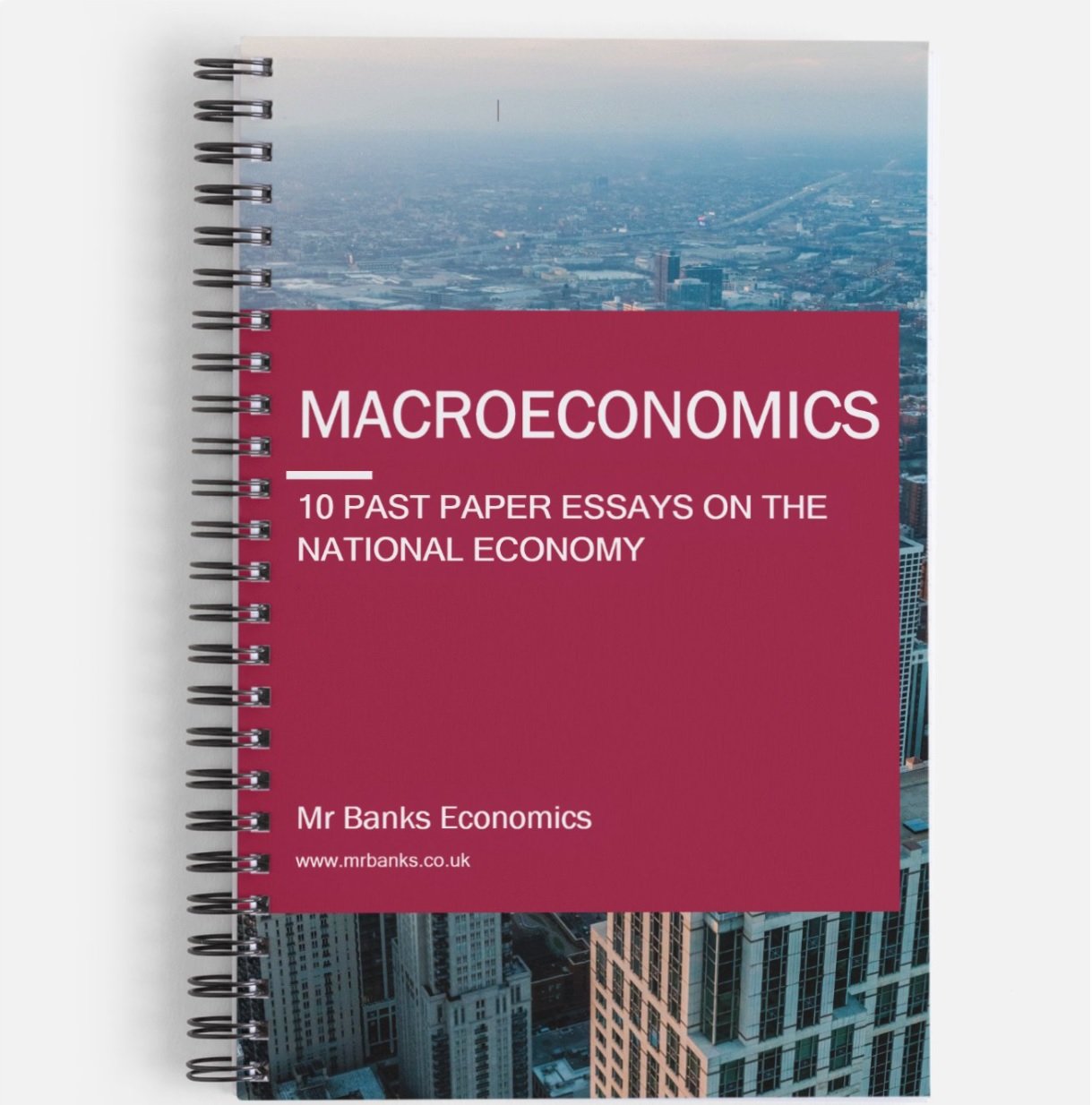Pollution Permits
A-level Economics
How governments intervene
Tradable pollution permits is a method of government intervention where the government issues firms with a permit to pollute (main focus being CO2). Knowing that is impossible to reduce 100% of C02 emissions, the government gives firms an allowance to produce a certain quantity as a result of their production. Each year, the government can reduce the CO2 allowance to gradually reduce the country's carbon footprint.
In the EU, pollution permits are administered by the Emissions Trading System (ETS). It is known as a 'cap and trade' system. The idea behind this is that a maximum CO2 permit is given to a country (the cap) and firms are free to buy and trade amongst themselves.
How does it work in action?
Let's say Firm A is allowed to produce 50 units of CO2 a year and it instead produces 40 units. Firm B on the other hand is producing 60 units.
Firm A is producing less than it is legally allowed to and Firm B is producing more than it is legally allowed to. Therefore, Firm A can take the 10 units it has left and it can sell this to Firm B.
What are the advantages of pollution permits?
Internalises the externality: it creates a market for the externality e.g. CO2 pollution.
Incentivises the firm to cut pollution: the firm can actually make money by producing less CO2. It can take its credits and can sell them onto other firms who pollute more than they are allowed to.
What are the disadvantages of pollution permits like the ETS?
What is the right amount of CO2?: the right amount of CO2 pollution is difficult to calculate and some firms argue that they should be entitled to more pollution than others. All of this can be very difficult and costly to work out accurately.
How much pollution has been emitted?: it can be difficult to work out exactly how much has been emitted into the atmosphere in terms of CO2. The firms can estimate, but a rational firm will always try to underestimate what they have really produced.
Administration costs: these costs also have to be considered. The scheme does not run itself!
Can lead to cheating: take a look at VW as an example of this. The emissions scandal of 2015 led them to producing cars with inaccurate emissions figures, purposely designed to cheat emissions tests. If this is possible, then what else are firms up to that we don't know about?
Firms may relocate: in the case of the EU and the ETS, firms may dispute that abiding by the emissions rules increases their cost of production and therefore can make them less competitive in the marketplace. Some firms may sue for damages, or even decide to take their business outside of the EU.
Rich countries can exploit the system: richer countries are able to buy more permits of less developed countries. So it can mean that pollution in richer countries may not be going down. However, with a joint global effort for CO2 reduction and time, this point becomes less valid.
What have we learned?
How pollution permits are used.
Advantages and disadvantages of pollution permits.
IF YOU WANT GOOD GRADES FAST, BUY THESE BOOKS!
MACROECONOMICS MODEL ANSWER BOOK
10 Past Papers with Model Answers on the National Economy
Written by an experienced Economics tutor
Full model answers with diagrams
Suitable for all UK Economics exam boards
Physical booklet
£20.00
MICROECONOMICS MODEL ANSWER BOOK
10 Past Papers with Model Answers on Market Failure
Written by an experienced Economics tutor
Full model answers with diagrams
Suitable for all UK Economics exam boards
Physical booklet
£20.00


